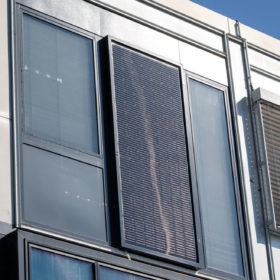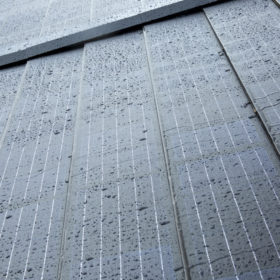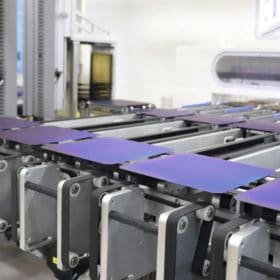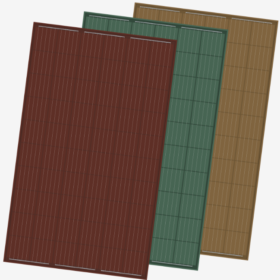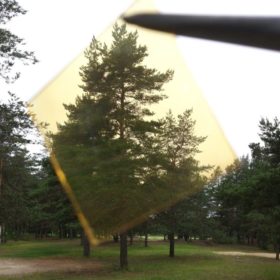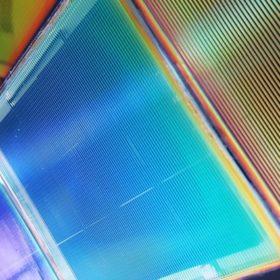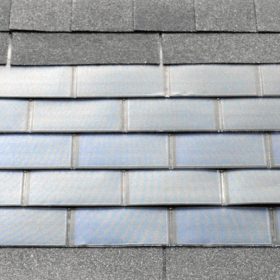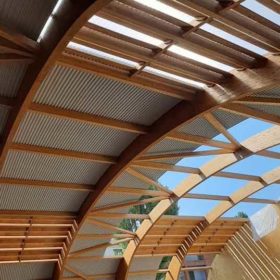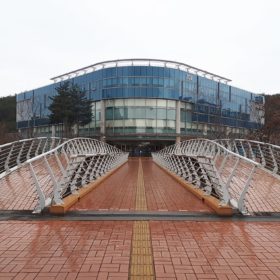PV-assisted heat pump module facade for power supply, heating, cooling, and ventilation
Designed by scientists in Germany, the module facade has to be integrated with a building’s technical equipment. The rooms behind the facade can be supplied with solar power and at the same time heated, cooled and ventilated.
GAF Energy launches Timberline nailable solar tile
GAF Energy manufactures its Timberline solar tiles at a new facility in California. It claims that the Timberline Solar roof system is unique because it directly integrates solar technology into traditional roofing processes and materials.
A year in PV: Technology trends in 2021
The PV industry in 2021 has largely been defined by disruption: Price increases from raw materials to final shipping have led to shortages in PV module supply and project delays the world over. Despite these upsets, innovation has continued at pace, and the year has seen plenty of technological twists and turns that are sure to spell good news for solar in the long run. Read on for a look back at some of the biggest developments.
Colored BIPV panel with 350 W output from Italy
Italian manufacturer Solarday has launched a glass-glass building-integrated monocrystalline PERC panel available in red, green, gold and grey color. Its power conversion efficiency is 17.98% and its temperature coefficient is -0.39% per degree Celsius.
Semi-transparent antimony trisulfide PV cell for solar window applications
The 5.5%-efficient cell was fabricated through a low-temperature, two-step manufacturing process that is compatible with existing window glass manufacturing technology. Cells made with 70nm antimony trisulfide films achieved the best fill factor of around 57%, while the highest power conversion efficiencies were achieved with films ranging from 70 to 100nm.
Colored optic filters for BIPV products
Dutch researchers have used optic colored filters to make building-integrated PV products more suitable for urban environments with cultural heritage value. They discovered that the filters do not affect a cell’s open-circuit voltage and fill factor, but only the short-circuit current.
Defining BIPV
Incorporating solar into our built environments represents an opportunity for hundreds of gigawatts to be installed worldwide without taking up any additional land. In many cases though, this will require solutions beyond typical rooftop PV installations and much closer cooperation between the PV and construction industries. A new report published by IEA PVPS looks to bring together the interests of both worlds, and clearly categorize both the building envelope and energy functions of different BIPV components.
Deploying solar on curved metal roofs
Midsummer and Medacciai are developing a BIPV solution for curved metal roofs in southern European markets, through a five-year deal.
Canadian BIPV module maker releases 790 W panel
Mitrex Integrated Solar Technology has developed a new solar panel with 19.5% efficiency that measures 2,036 mm x 1,992 mm x 40 mm and weighs in at 42 kg. It can operate with a system voltage of 1,000 V and has a power temperature coefficient of -0.36% per degree Celsius.
Color-tunable transparent silicon solar cell with 7.38% efficiency
Designed for BIPV applications by scientists in Korea, the solar cell is based on a 100μm-thick n-type silicon wafer and has a bending radius of 3-6mm.
